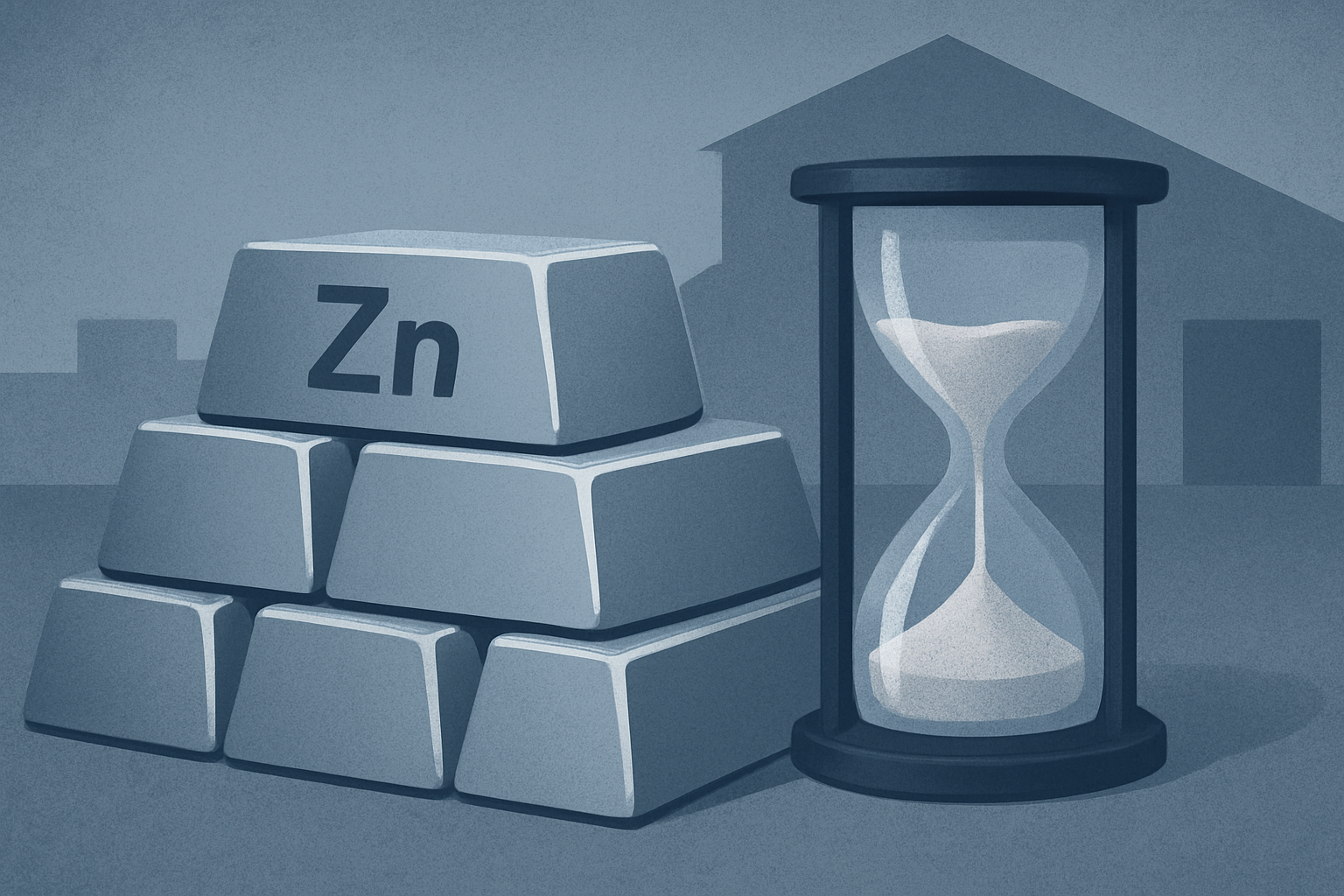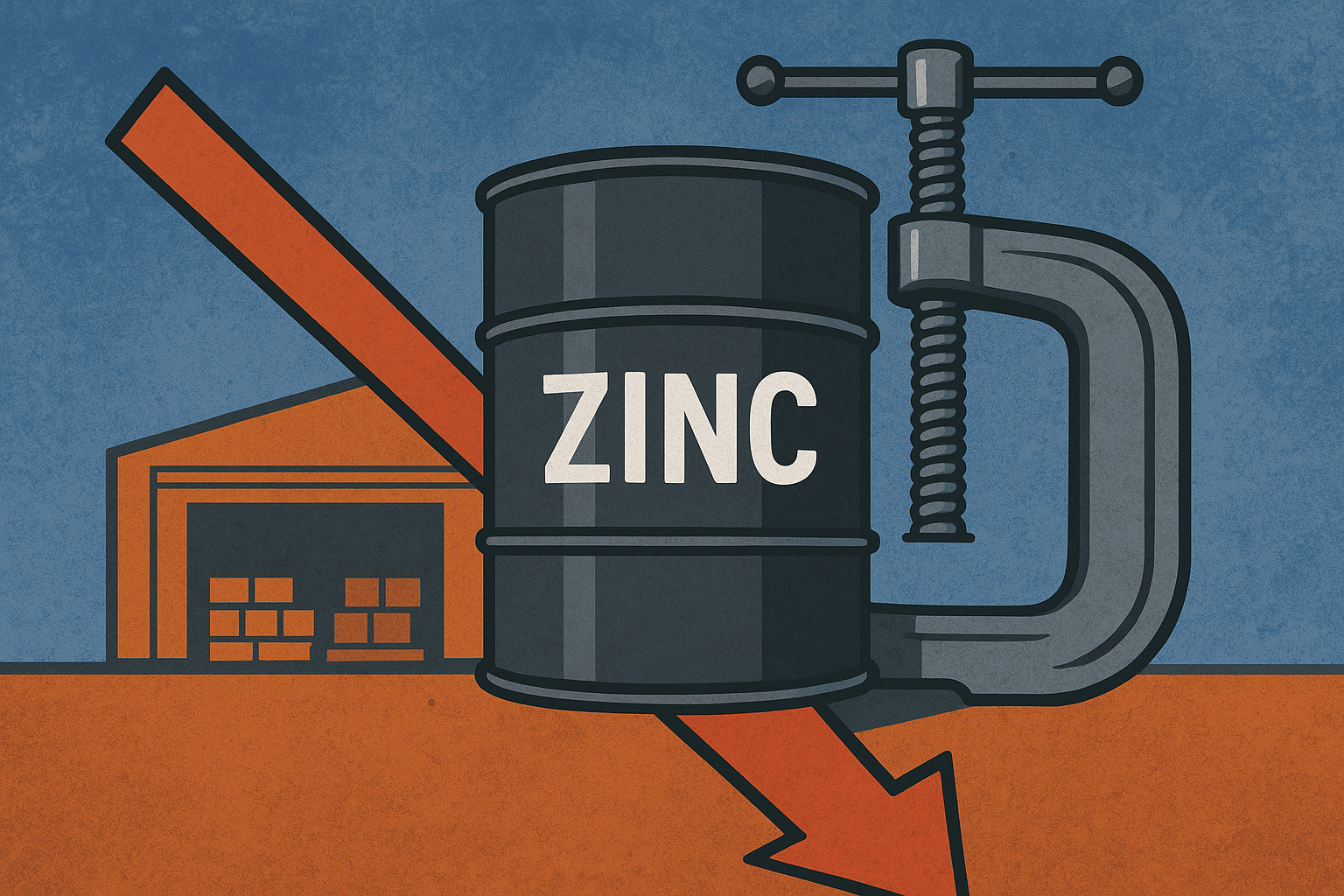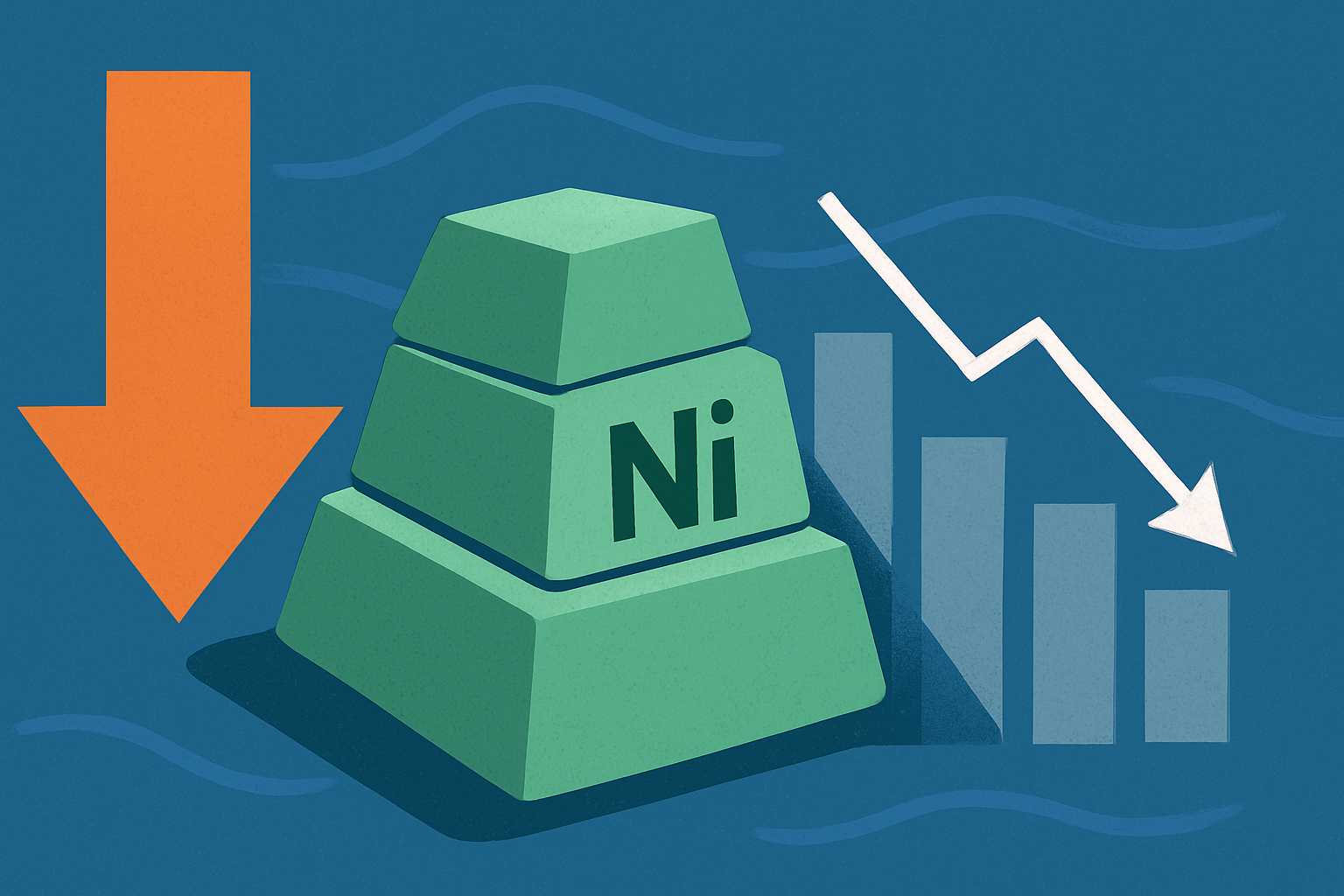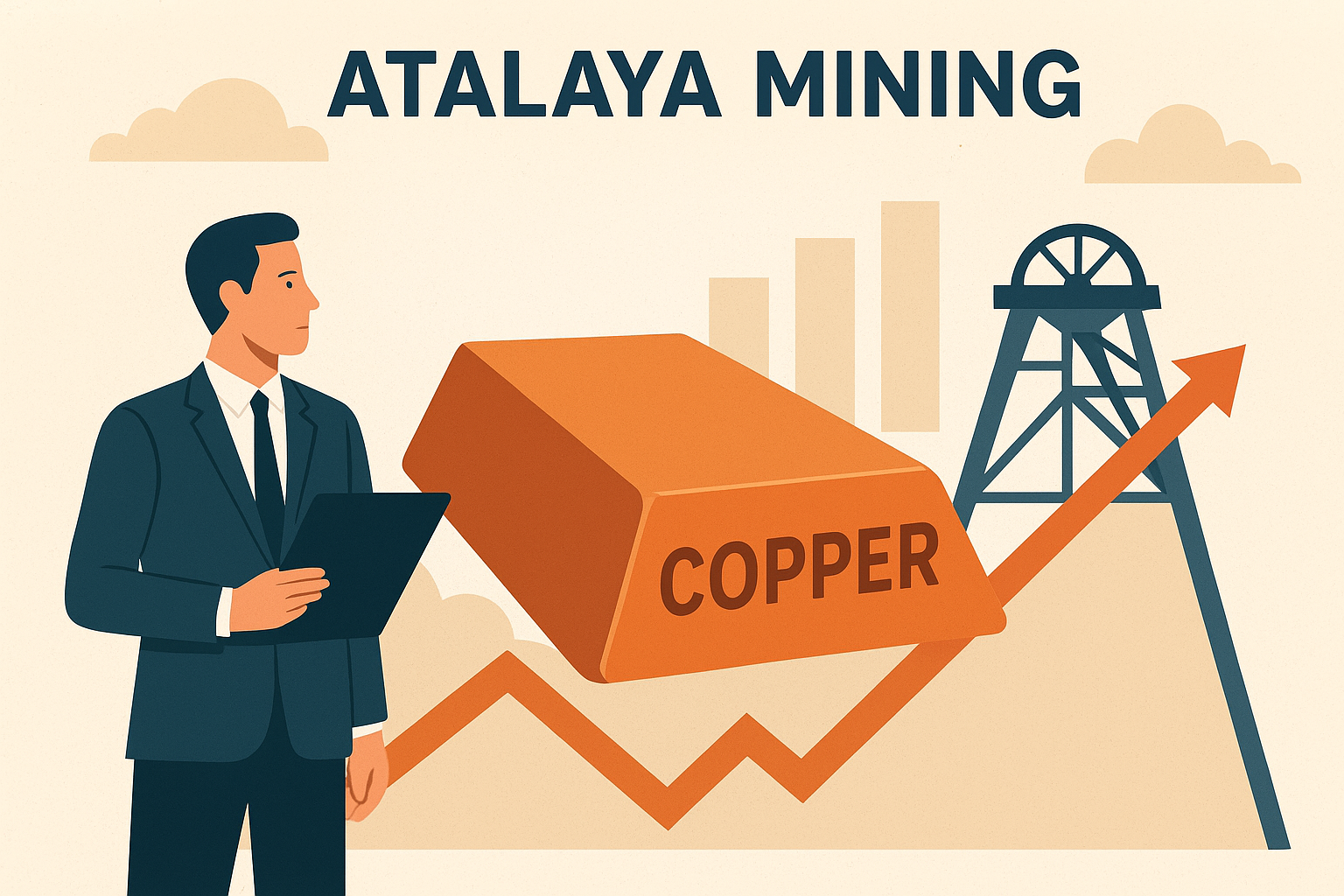Global commodity markets are once again turning their eyes to zinc, as London Metal Exchange (LME) inventories plummet to multi-year lows. From roughly 230,000 tonnes at the start of 2025 to just 40,850 tonnes today, the drawdown in deliverable stocks is putting extreme pressure on physical supply chains and fueling talk of a looming deficit.
With zinc critical to galvanizing steel and protecting infrastructure against corrosion, the market’s tightening balance has investors and industrial users bracing for further volatility.
Why This Matters for Investors
Zinc may not command the same headlines as copper or nickel, but it is indispensable across construction, automotive, and manufacturing industries. LME inventory levels are often used as a barometer of short-term market health, and the current collapse signals that available supply is nearing crisis levels.
According to Mining.com, the mismatch is driven not by mining shortfalls, but by smelter bottlenecks. While global mined zinc output rose 6.3% year-on-year, refined production fell 2.1%, with disruptions in Brazil, Kazakhstan, and Japan playing a key role. This dynamic is leaving end-users struggling to secure metal, driving up spot prices and widening time spreads on the LME.
The Mechanics Behind the Squeeze
The zinc market operates on a delicate balance between mined ore and refined production. Even if ore supply is adequate, disruptions at smelters choke off refined availability — the form required by manufacturers.
- Brazil: Maintenance shutdowns at major smelters have delayed shipments.
- Kazakhstan: Operational challenges and regulatory constraints are curbing output.
- Japan: Energy-related disruptions have reduced smelting efficiency.
The result is a supply chain where ore is available but not translating into refined product. This explains why inventories are draining quickly even as mining output appears robust.
Market Signals: Premiums and Spreads
A critical sign of tightening conditions is the rise in physical premiums — the extra cost buyers pay above the LME benchmark to secure immediate delivery. At the same time, the LME’s forward curve has moved into deep backwardation, meaning near-term contracts trade at a steep premium to future ones.
These are classic indicators of a market in deficit, with buyers willing to pay up for immediate supply. Traders note that similar conditions preceded past zinc rallies, including the 2016–2017 surge that saw prices nearly double.
Future Trends to Watch
- Infrastructure Demand: With governments worldwide pushing infrastructure and green energy projects, zinc demand for galvanized steel remains resilient.
- Smelter Recovery: If smelters in Brazil, Kazakhstan, and Japan normalize output, the supply squeeze could ease.
- Chinese Role: As the world’s largest consumer and producer of zinc, China’s export and import policies will be pivotal. Any shifts in Chinese smelter output or stockpile releases could stabilize or exacerbate the situation.
- Macroeconomic Headwinds: A global slowdown, particularly in construction and automotive, could temper demand and prevent sustained price spikes.
Investor Insight
For investors, the zinc squeeze highlights both opportunity and risk. Producers with secure smelter access or integrated operations may benefit from higher prices. Juniors with advanced zinc projects could see renewed interest if deficits persist.
However, volatility will remain high, and investors must weigh the potential for a sharp price correction if demand falters or supply chains normalize more quickly than expected. Watching physical premiums, smelter production reports, and LME stock movements will be key to navigating this market.
Key Investment Takeaways
- Opportunity: Zinc miners and integrated producers stand to gain from elevated prices and tight supply.
- Risk: Smelter restarts or weakening demand could trigger a sharp reversal.
- Action Point: Monitor LME spreads, physical premiums, and Chinese policy developments as leading indicators of price direction.
Zinc’s sudden spotlight is a reminder that even secondary base metals can deliver outsized market moves when supply chains falter. As inventories hit critical lows, investors should prepare for both heightened volatility and the possibility of sustained price strength.
For continuous updates on zinc and other base metals, follow explorationstocks.com — your trusted source for daily investor news and actionable analysis.






